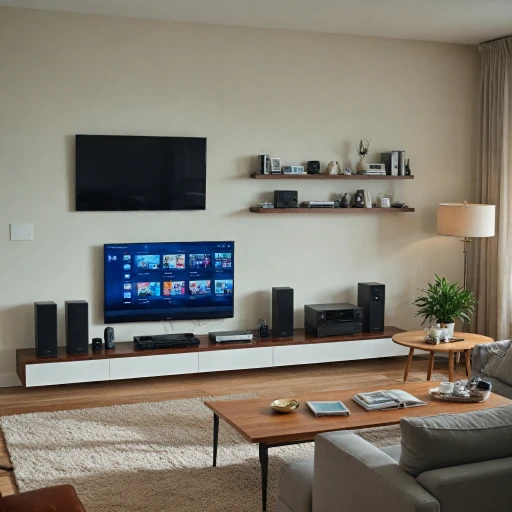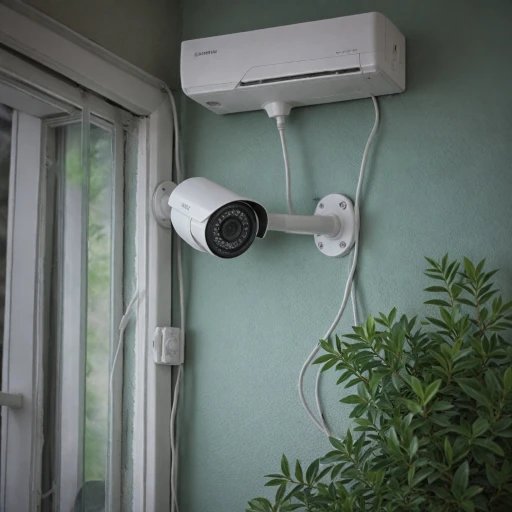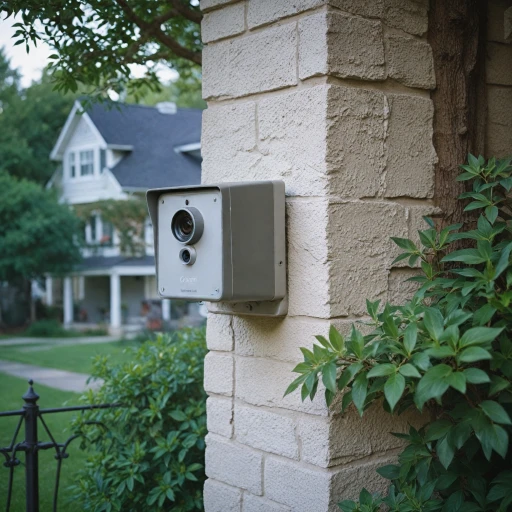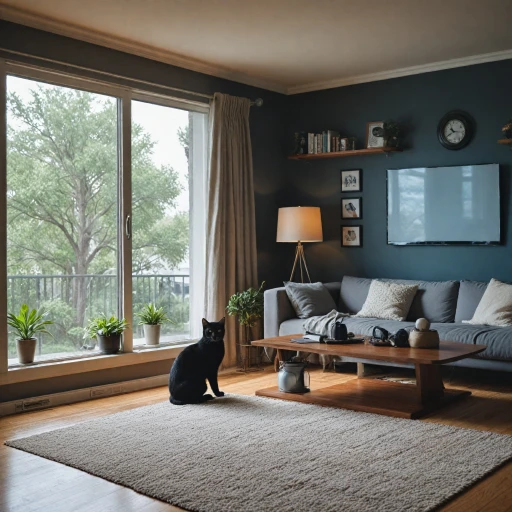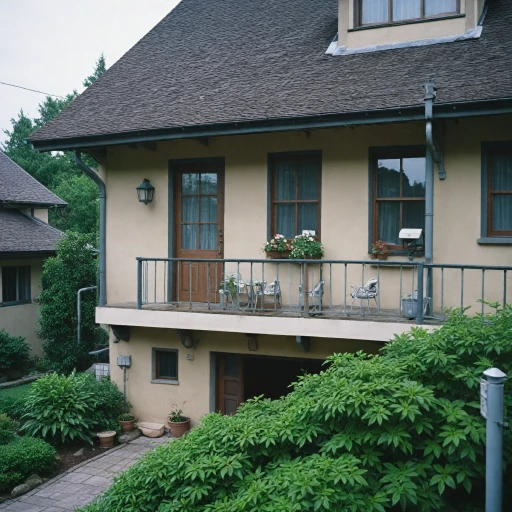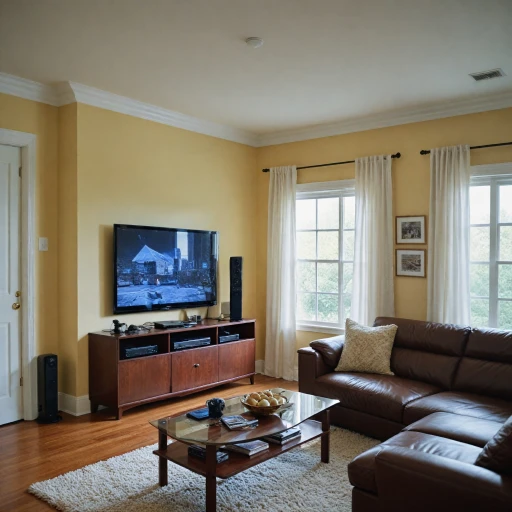Understanding PoE Power Supply
Grasping the Essentials of PoE Power Supply
For those delving into home security cameras, understanding Power over Ethernet (PoE) technology becomes essential. PoE injects both power and data through a single Ethernet cable, eliminating the need for multiple wires. This integration makes the installation process much smoother and tidier. The technology adheres to standards set by IEEE, ensuring compatibility and reliability across various devices and network setups. Using PoE power, network devices like security cameras can receive adequate voltage over Ethernet cables, thanks to PoE switches or injectors. These components can vary in type, such as PoE injectors for smaller setups or a full-fledged PoE switch for larger networks. A key benefit lies in the seamless power supply, reducing the need for traditional electrical outlets near each device. Additionally, with surge protection and power management capabilities, PoE ensures that connected devices remain functional even during power disruptions. For a more comprehensive understanding of incorporating PoE technology into your home security system, and how it can enhance your surveillance network, check out our detailed guide on enhancing home security.Benefits of Using PoE for Home Security Cameras
Advantages of Integrating PoE in Your Security System
Power over Ethernet (PoE) presents an exceptional array of benefits for home security camera systems. Utilizing PoE technology, you can efficiently integrate power and data transmission through a single Ethernet cable, removing the necessity for additional power cords. This not only simplifies the installation process of your security devices but also aids in maintaining a cleaner and more organized setup.- Streamlined Cabling: By merging power and data into one cable, PoE reduces cable clutter and minimizes installation costs. This makes setting up security cameras in hard-to-reach spots easier and more cost-effective.
- Centralized Power Management: A PoE switch or injector can supply power to multiple devices from a single hub, allowing for simpler monitoring, control, and management of devices compared to traditional electrical outlets.
- Enhanced Flexibility and Scalability: PoE-enabled security systems can easily accommodate additional cameras without needing new power outlets, fostering an adaptable solution as your security needs evolve.
- Improved Network Efficiency: With Gigabit PoE, you can ensure high-speed data transmission for surveillance, making PoE ideal for high-resolution security cameras.
- Safety and Reliability: Compliant with IEEE standards, PoE devices provide surge protection and reliable voltage supply to ensure cameras operate safely and effectively, providing peace of mind for homeowners.
- Cost-effectiveness: PoE often comes with a lower power budget compared to traditional power solutions and requires fewer electrical infrastructure investments.
Installation Tips for PoE Security Cameras
Easy Steps to Integrate PoE Security Cameras
Installing PoE security cameras in your home can streamline your surveillance setup, thanks to their ability to deliver power and data over a single Ethernet cable. Here's a simple guide to help you get started:
- Select the Right PoE Switch or Injector: Determine the power requirements for your security cameras. Ensure your chosen PoE switch or injector provides adequate power and complies with IEEE standards for voltage and current. Opt for a PoE switch if you require multiple cameras over a single infrastructure, or a PoE injector if only connecting a single device.
- Consider the Power Budget: Evaluate your power supply needs and choose devices based on their power budget and efficiency. This helps avoid overloads and ensures stability across your network of security cameras.
- Plan Network Layout: Position cameras strategically around the home to maximize coverage. Use industrial gigabit switches when managing large areas or multiple cameras to maintain seamless connections.
- Install Ethernet Cables: Use high-quality Ethernet cables to connect each camera to your network devices. Ensure the cables support the necessary bandwidth and PoE capability.
- Enable Surge Protection: Protect your devices from power surges by integrating surge protectors or using TAA compliant equipment. This step is crucial to maintain the longevity and effectiveness of your system.
- Configure Network Settings: Ensure each camera is correctly configured within your network, assigning proper IP addresses and identifiers to distinguish them easily.
Adhering to these installation tips will optimize your experience with PoE security cameras, enhancing their functionality compared to traditional power solutions. For a deeper look into your home security needs, consider whether you require floodlights in addition to cameras.
Comparing PoE to Traditional Power Solutions
Choosing Between PoE and Traditional Power Solutions
When enhancing home security systems, one of the critical decisions is selecting the appropriate power and data delivery method for your security cameras. Two common solutions are Power over Ethernet (PoE) and traditional power sources. Both offer unique advantages, and understanding these can help you make an informed choice.
PoE technology integrates power and data into a single Ethernet cable, simplifying the installation process and reducing the need for additional cabling. PoE injectors or switches are often used to supply power and data simultaneously. This not only reduces clutter but also minimizes the installation costs compared to traditional systems that require separate power adapters and cables.
In contrast, traditional systems may take longer to set up due to the need for dedicated power outlets and surge protectors for each camera. Additionally, PoE systems offer flexibility with network devices. They support IEEE standards, like 802.3af and 802.3at, ensuring compatibility across devices and enabling you to expand your security network with ease.
For those concerned about power fluctuations or outages, PoE systems also generally incorporate surge protection features, safeguarding your devices against potential damage. Traditional solutions might require additional surge protection components, adding to the complexity and cost.
- If you prioritize simplicity and cost-effectiveness, PoE power could be the way to go.
- For smaller setups where power outlets are readily available, traditional power might suffice.
Ultimately, choosing the right power solution boils down to understanding your specific needs, the scale of installation, and whether you prefer an easier setup with minimal cable clutter.



